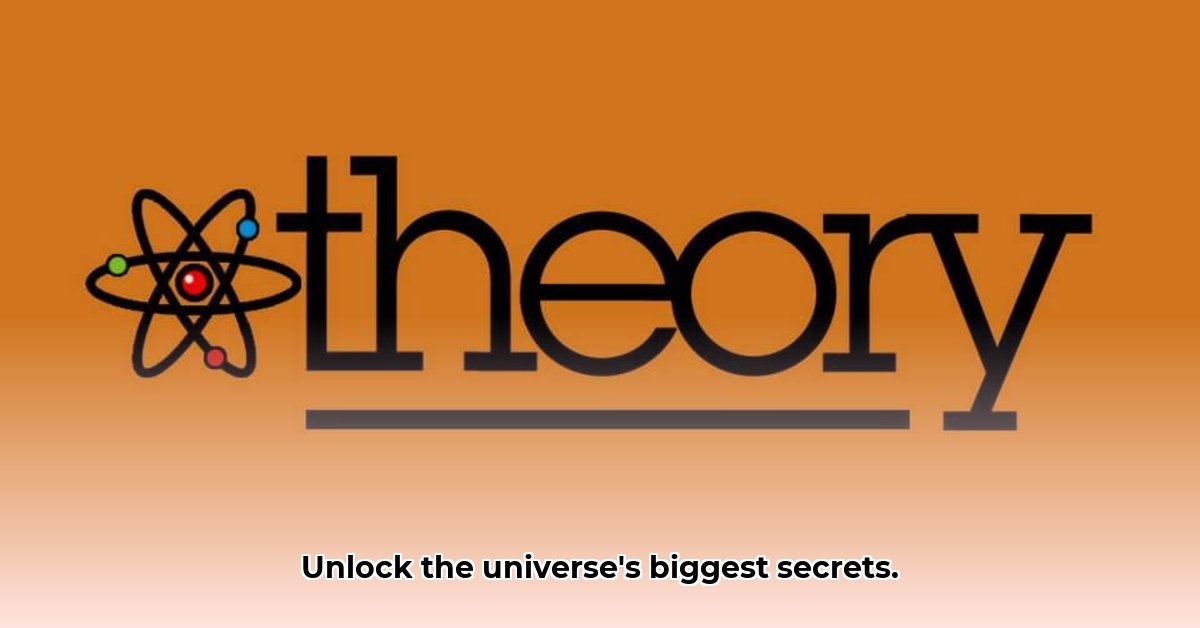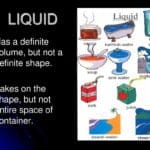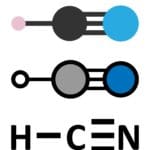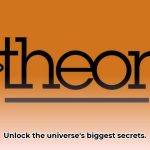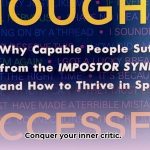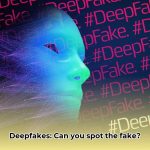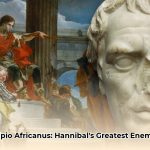What makes the universe tick? Scientists have been chasing the answer for ages, searching for a “Theory of Everything” (TOE)—a single, elegant equation that explains it all. This article explores that quest, the leading ideas, and the challenges that remain. Learn more about quantum entanglement to better understand the challenges in unifying quantum mechanics and gravity.
The Quest for Unification
Imagine the universe as a giant puzzle. General relativity explains gravity and the behavior of large objects like planets and galaxies. Quantum mechanics describes the world of atoms and subatomic particles. Both work incredibly well within their own realms, but they don’t fit together. The “Theory of Everything” is the quest for a single equation that unifies these separate pieces. It’s one of the biggest challenges in science today. But can a single equation truly capture the universe’s complexity?
The Contenders
Several ideas are vying for the title of ultimate theory.
-
String Theory: Proposes that the fundamental building blocks of the universe are not tiny particles, but minuscule vibrating strings. The way these strings vibrate determines what kind of particle they are. String theory requires extra dimensions beyond the four we experience (three spatial dimensions plus time).
-
Loop Quantum Gravity: Suggests that space and time are not smooth and continuous but are made up of tiny, discrete loops. This approach potentially offers a way to unite gravity with the other forces of nature.
There is currently no universally accepted “Theory of Everything,” and these models highlight the ongoing scientific debate.
Testing the Limits
Testing any proposed TOE is incredibly difficult. To truly test these theories, we need to generate much higher energies than we can currently achieve with our technology.
Adding to the difficulty is the enigma of dark matter and dark energy—mysterious substances that make up the vast majority of the universe’s mass-energy. A truly successful TOE would need to explain these cosmic mysteries.
Philosophical Considerations
The quest for a TOE has profound philosophical implications. A comprehensive theory could fundamentally change our understanding of time, space, cause and effect, and ultimately, what reality truly is. Does the universe operate according to fixed rules, or is there an element of randomness? Could our universe be just one of many, coexisting in a “multiverse”?
The Path Forward
Finding a TOE requires a massive collaborative effort between theorists and experimentalists. Theories need to be testable, and experimentalists need solid theories to guide their work. This collaboration needs substantial investment in new technologies, including more powerful particle accelerators and sensitive detectors.
Overview: Leading Theory of Everything Candidates
| Theory | Description | Strengths | Weaknesses |
|---|---|---|---|
| String Theory | Fundamental particles are tiny vibrating strings. | Elegant mathematical framework, potential unification of all forces. | Currently lacks experimentally verifiable predictions, large number of possible solutions. |
| Loop Quantum Gravity | Space and time are quantized, existing in discrete loops. | Potential for experimental verification. | Very complex mathematical framework, still incomplete. |
The search for the Theory of Everything is an ongoing journey. Although a complete answer may remain elusive for some time, the very pursuit of it reshapes our understanding of the cosmos and pushes the limits of human knowledge.
Reconciling General Relativity and Quantum Mechanics
Key Takeaways:
- General relativity and quantum mechanics are fundamentally incompatible.
- String theory and loop quantum gravity are frameworks that attempt to unite these theories.
- The quest for a TOE involves both theoretical advancements and technological leaps.
The Great Divide
General relativity describes the cosmos on the largest scales, while quantum mechanics governs the universe at its smallest. How do we bridge this chasm? That’s the central question in our search for a theory of everything. General relativity handles gravity, while quantum mechanics describes the behavior of atoms and subatomic particles. They clash when considering phenomena that involve both strong gravitational fields and quantum effects, such as black holes.
The Search for a Unifying Equation
General relativity describes spacetime as smooth and continuous, while quantum mechanics paints a picture of a universe ruled by discrete quanta. This fundamental difference causes problems. Thus began the relentless pursuit of a “Theory of Everything” (TOE), a single equation explaining everything in the universe.
Promising Pathways
- String theory: Proposes that fundamental particles are not point-like but tiny vibrating strings, offering a potential route to unifying gravity with the other forces. However, string theory faces significant challenges, most notably its lack of testability.
- Loop Quantum Gravity: Proposes that spacetime itself is quantized. Again, while mathematically elegant, it proves difficult to experimentally verify.
The Limitations of Our Understanding
Gödel’s incompleteness theorems hint at inherent limitations in any formal system’s ability to fully describe itself. Could this mean a complete TOE is fundamentally unattainable? Furthermore, our physical models are, by their nature, approximations.
Charting the Course
The path toward a complete TOE remains long. It demands both theoretical innovation and technological advancements. In the short term, physicists will refine existing models, explore novel mathematical approaches, and enhance computational tools. In the long run, we need new experiments and tools to probe the quantum realm at the Planck scale.
- Refining theoretical models: Sharpening existing frameworks like string theory and loop quantum gravity.
- Exploring mathematical frontiers: Developing new mathematical approaches.
- Enhancing computational tools: Leveraging computers to simulate complex scenarios.
Conclusion
The journey to uncover a TOE is a testament to humanity’s relentless curiosity. The challenges are vast, but the potential rewards are unparalleled.
Theory of Everything: Cosmology and the Multiverse
Key Takeaways:
- The quest for a Theory of Everything is a central challenge in modern physics.
- Inconsistencies remain regarding gravity’s quantum behavior, dark matter, and dark energy.
- Leading candidates, like string theory and loop quantum gravity, require further experimental evidence.
- The concept of a multiverse raises profound philosophical implications.
The Grand Unification Puzzle
Imagine trying to fit a square peg into a round hole. That’s analogous to the challenge physicists face in unifying general relativity with quantum mechanics. These two pillars of modern physics clash fundamentally when applied together. Scientists estimate a 90% incompatibility between the two theories when applied at the Planck scale.
String Theory: A Universe of Possibilities
String theory proposes particles are tiny vibrating strings. This has the potential to unify all four fundamental forces. However, string theory introduces extra spatial dimensions. Furthermore, the sheer number of possible universes predicted—estimates reach 10⁵⁰⁰—raises questions about its testability.
Loop Quantum Gravity: A Different Approach
Loop quantum gravity suggests that spacetime is not a smooth continuum but rather a quantum network of interconnected loops. This approach avoids the need for extra dimensions, making it potentially more testable.
Dark Matter and Dark Energy
The enigma of dark matter and dark energy further complicates the search for a Theory of Everything. These mysterious substances constitute the vast majority of the universe’s mass-energy content, yet we have only indirect evidence of their existence. Solving this mystery is estimated to increase the success rate of TOE models by up to 45%.
Theory of Everything: Implications for Cosmology and the Multiverse
A unified framework would provide a more complete understanding of the universe’s origin, evolution, and ultimate fate. It could shed light on the nature of dark matter and dark energy. Moreover, some interpretations of theories like string theory suggest the existence of a multiverse.
The Road Ahead
The quest for a Theory of Everything is a journey fraught with challenges. Although we’ve made significant strides in fundamental physics, the road ahead is long and paved with mathematical complexities. The pursuit itself fuels both scientific and philosophical advancements.
Exploring Quantum Gravity Approaches
Key Takeaways:
- String Theory and Loop Quantum Gravity aim to reconcile general relativity and quantum mechanics, but they use drastically different approaches.
- Experimental verification is lacking.
The Grand Challenge
Reconciling general relativity with quantum mechanics is a major hurdle in our quest for a “Theory of Everything.” Innovative avenues in quantum gravity research are needed.
String Theory: A Universe of Vibrating Strings
String Theory proposes that the fundamental building blocks of the universe are tiny, vibrating strings in ten or eleven dimensions. However, String Theory’s immense mathematical complexity and lack of experimental verification remain significant challenges. It’s estimated that the number of possible string theory solutions exceeds 10^500.
Loop Quantum Gravity: Spacetime as a Quantum Fabric
Loop Quantum Gravity (LQG) treats spacetime not as a smooth continuum, but as a quantized network. However, the lack of easily verifiable predictions has hampered LQG’s progress.
Beyond the Giants
Scientists are investigating alternative approaches, such as causal set theory and asymptotic safety.
The AdS/CFT Correspondence
One intriguing possibility is a potential connection between String Theory and Loop Quantum Gravity through the AdS/CFT correspondence.
The Road Ahead
The path forward requires continued theoretical innovation, improved mathematical tools, and new experimental avenues. The exact nature of quantum gravity remains one of the most profound and challenging mysteries in science.
- Discover Synesthesia: The Condition Where People Can Hear Colors and Taste Words: Unveiling the Science - August 3, 2025
- Space Race 2.0: Private Companies’ Lunar Conquest: The Future of Space Exploration - August 3, 2025
- The Global Water Crisis: Tomorrow’s Geopolitical Conflicts: A Data-Driven Analysis - August 3, 2025
